48 Hours in San Francisco
TIME
2 days
BEST TIME TO GO
Sep Nov
START
Ferry Building
END
Castro Theatre, SF, CA
Why Go Flower power, Beatniks, blue jeans, biotechwhat will SF dream up next? Get to know the world capital of weird inside out, from mural-lined alleyways named for poets to hilltop parks where wild parrots curse their hellos. Ditch your car, come as you are, and find your niche in San Francisco.
Snow globe of a city that it is, San Francisco is small, easy to grasp and likes nothing better than shaking things up and getting coated with glitter. In two days you can do up this 7 7mile city, mingle with pirates and graffiti artists, shop with drag queens and brunch amid top chefs in a working kitchen.
San Francisco slackers have the right idea at the Ferry Building, the transport hub turned gourmet emporium where no ones in a hurry to get anywhere. Why rush when you can linger over poached eggs with truffled sheeps cheese and polenta, watching chefs prep the evening meal at  Boulettes Larder? Once youre good and ready you can roll up the waterfront Embarcadero to Union St, where youll cross the plaza named for the local entrepreneur without whom the city would be permanently half-naked: Levi Strauss.
Boulettes Larder? Once youre good and ready you can roll up the waterfront Embarcadero to Union St, where youll cross the plaza named for the local entrepreneur without whom the city would be permanently half-naked: Levi Strauss.
Passing pet rocks and Zen gardens, head up Filbert St Steps. Youll know youre getting close to the top of Telegraph Hill (named for San Franciscos proto-internet invention) when you start getting heckled by the flock of trash-talking wild parrots who have taken over the treetops. Finally youll reach  Coit Tower, with wall-to-wall 1930s murals honoring San Francisco workers, which were almost painted over during the communist-baiting McCarthy era. The tower is capped by 360-degree top-floor panoramas revealing the Golden Gate Bridge in all its glory.
Coit Tower, with wall-to-wall 1930s murals honoring San Francisco workers, which were almost painted over during the communist-baiting McCarthy era. The tower is capped by 360-degree top-floor panoramas revealing the Golden Gate Bridge in all its glory.
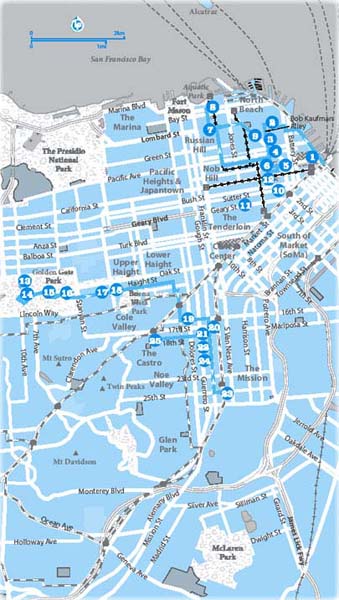
Downhill from Telegraph along Greenwich and Grant is North Beach, the Italian neighborhood where the US Navy dumped insubordinate sailors during WWII. It became a magnet for 1950s rebels: jazz musicians, civil rights agitators, topless dancers, Beat poets and dharma bums. One individual who defied all categories and conventions now has a street named after him: Bob Kaufman, the bebop-jazz-poet-voodoo-anarchist-Jewish-biracial-African-all-American-street-corner-prophet.
On Grant St youll pass boho boutiques and bars on your way to  Caffe Trieste, the legendary Beat poet hangout with opera on the jukebox and accordion jam sessions on weekends. Throw back an espresso to power you two blocks to Columbus and the landmark
Caffe Trieste, the legendary Beat poet hangout with opera on the jukebox and accordion jam sessions on weekends. Throw back an espresso to power you two blocks to Columbus and the landmark  City Lights bookstore, which fought charges of willfully and lewdly publishing Allen Ginsbergs epic Howl and Other Poems in 1957 and won a groundbreaking court ruling against book banning. Celebrate your freedom to read willfully and lewdly in the upstairs poetry section or downstairs in free-form nonfiction sections dedicated to Muckracking and Stolen Continents.
City Lights bookstore, which fought charges of willfully and lewdly publishing Allen Ginsbergs epic Howl and Other Poems in 1957 and won a groundbreaking court ruling against book banning. Celebrate your freedom to read willfully and lewdly in the upstairs poetry section or downstairs in free-form nonfiction sections dedicated to Muckracking and Stolen Continents.
Turn right out the door to Jack Kerouac Alley, the mural-covered byway named for the On the Road author, with his thoughts on San Francisco embedded in the sidewalk: The air was soft, the stars so fine, and the promise of every cobbled alley so great Walk across the pavement poetry to Chinatowns Grant St, where phone booths are topped with tiled pagodas and the smoky-rich aroma of roast duck wafts out deli doors. Hungry yet? Follow Grant past souvenir shops packed with butterfly kites and chirping toy crickets, turn left onto Clay St, with its fierce chess games in progress in Portsmouth Sq, and turn right one block south to Commercial St. In the 19th century, this was one of the most notorious brothel byways in the Wild West, conveniently located close to waterfront saloons and bawdy Jenny Lind Theater, which with a few modifications became San Franciscos first City Hall. Today the greatest temptations on this block are the dim sum (dumplings) at  City View, where servers narrowly avoid collisions between trolleys loaded with fragrant bamboo steamers during the lunch rush.
City View, where servers narrowly avoid collisions between trolleys loaded with fragrant bamboo steamers during the lunch rush.
Indulge at your leisure, then walk one flat block down Kearny and one very steep block up Sacramento St to Waverly Pl, where prayer flags flap and incense wafts from 4th-floor temple balconies. When Chinatown crumbled and burned in the 1906 earthquake and fire, residents fled for their lives, and opportunistic real estate speculators urged City Hall to relocate Chinatown south of the city. But even before the smoke had cleared, Chinatown residents returned to pray in these temples, and if you visit  Tien Hou Temple you can see the charred altar that has become a symbol of community endurance against the odds. Revolution is only a block away, left on Clay St and right on Spofford Alley, where Sun Yat-sen plotted the overthrow of Chinas last emperor. The 1920s brought bootleggers and gun battles, but Spofford has mellowed with age, and in the evenings youll hear the shuffling of tiles as octogenarians plot winning mah-jongg moves and an erhu (two-stringed Chinese fiddle) warms up with a plaintive note. Head right on Jackson half a block and left onto Ross, where colorful murals mark the entry to a street with a colorful history. SFs oldest alley was formerly known as Manila, Spanish and Mexico St after the origins of the women who once worked this block until the 1906 fire tore through the alley, trapping the women and their clients behind locked bordello doors.
Tien Hou Temple you can see the charred altar that has become a symbol of community endurance against the odds. Revolution is only a block away, left on Clay St and right on Spofford Alley, where Sun Yat-sen plotted the overthrow of Chinas last emperor. The 1920s brought bootleggers and gun battles, but Spofford has mellowed with age, and in the evenings youll hear the shuffling of tiles as octogenarians plot winning mah-jongg moves and an erhu (two-stringed Chinese fiddle) warms up with a plaintive note. Head right on Jackson half a block and left onto Ross, where colorful murals mark the entry to a street with a colorful history. SFs oldest alley was formerly known as Manila, Spanish and Mexico St after the origins of the women who once worked this block until the 1906 fire tore through the alley, trapping the women and their clients behind locked bordello doors.
Duck into the Bob Kaufman Alley in North Beach and enjoy a moment of profound silence in tribute to the poet who refused to speak for 12 years, beginning at the assassination of John F Kennedy. On the day the Vietnam War ended, he walked into a caf and recited All Those Ships That Never Sailed: Today I bring them back/Huge and transitory/And let them sail/Forever.
On Jackson and Powell you can catch the PowellHyde cable car, which is not equipped with seat belts or air bags for safety you just grab a leather strap and pray. Youll notice these vintage trolleys emit mechanical grunts on uphill climbs, and require burly brakemen and bionic brakewomen to keep from careening down Russian Hill for a city of risk takers, this is the perfect joyride. Leap on for a rickety ride uphill to 

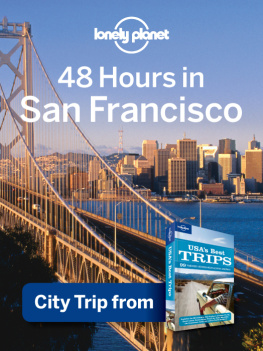
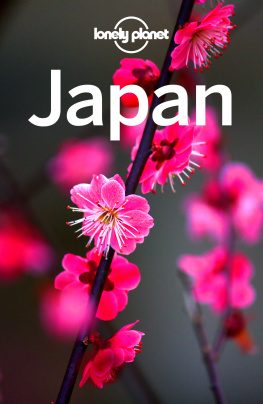
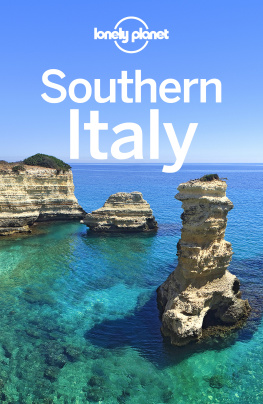
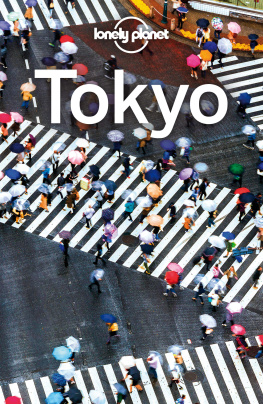
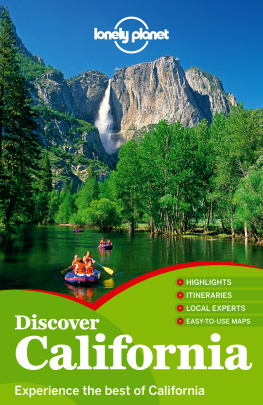
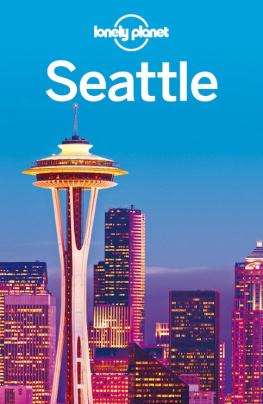
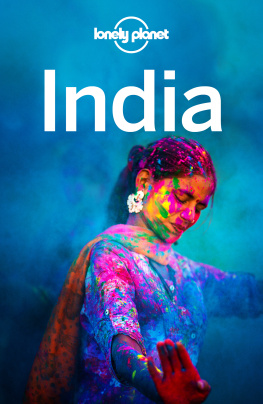

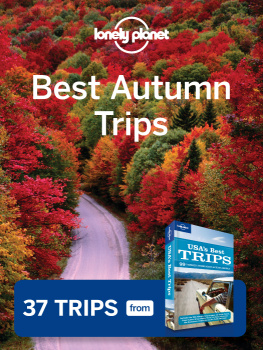

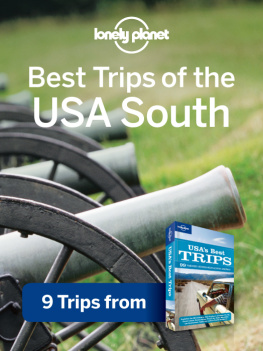
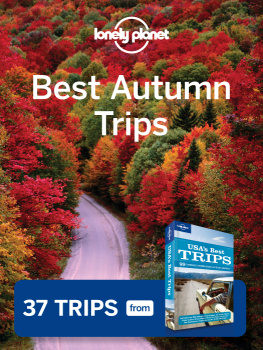
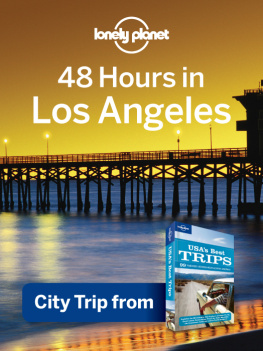
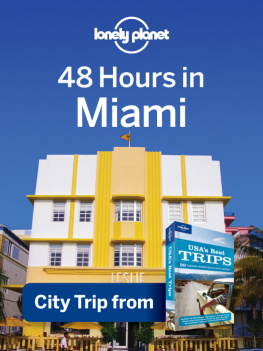
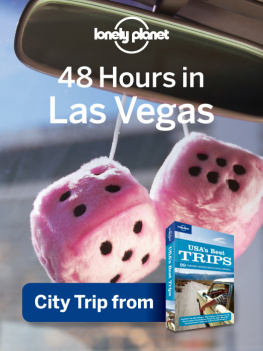
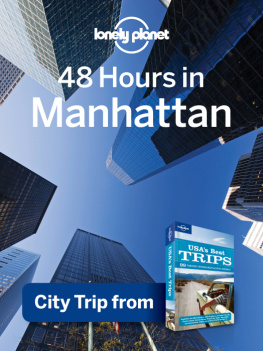
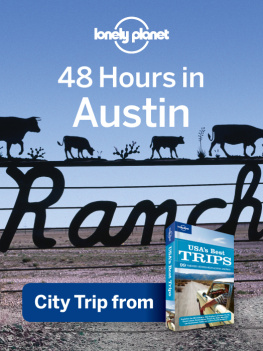
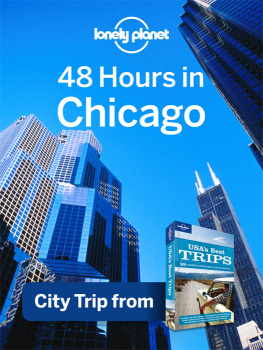
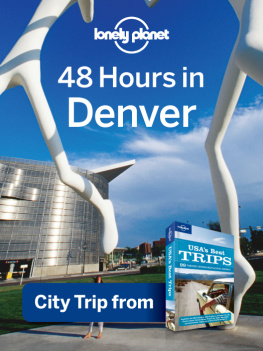

 Boulettes Larder? Once youre good and ready you can roll up the waterfront Embarcadero to Union St, where youll cross the plaza named for the local entrepreneur without whom the city would be permanently half-naked: Levi Strauss.
Boulettes Larder? Once youre good and ready you can roll up the waterfront Embarcadero to Union St, where youll cross the plaza named for the local entrepreneur without whom the city would be permanently half-naked: Levi Strauss. Coit Tower, with wall-to-wall 1930s murals honoring San Francisco workers, which were almost painted over during the communist-baiting McCarthy era. The tower is capped by 360-degree top-floor panoramas revealing the Golden Gate Bridge in all its glory.
Coit Tower, with wall-to-wall 1930s murals honoring San Francisco workers, which were almost painted over during the communist-baiting McCarthy era. The tower is capped by 360-degree top-floor panoramas revealing the Golden Gate Bridge in all its glory.
 Caffe Trieste, the legendary Beat poet hangout with opera on the jukebox and accordion jam sessions on weekends. Throw back an espresso to power you two blocks to Columbus and the landmark
Caffe Trieste, the legendary Beat poet hangout with opera on the jukebox and accordion jam sessions on weekends. Throw back an espresso to power you two blocks to Columbus and the landmark  City Lights bookstore, which fought charges of willfully and lewdly publishing Allen Ginsbergs epic Howl and Other Poems in 1957 and won a groundbreaking court ruling against book banning. Celebrate your freedom to read willfully and lewdly in the upstairs poetry section or downstairs in free-form nonfiction sections dedicated to Muckracking and Stolen Continents.
City Lights bookstore, which fought charges of willfully and lewdly publishing Allen Ginsbergs epic Howl and Other Poems in 1957 and won a groundbreaking court ruling against book banning. Celebrate your freedom to read willfully and lewdly in the upstairs poetry section or downstairs in free-form nonfiction sections dedicated to Muckracking and Stolen Continents. City View, where servers narrowly avoid collisions between trolleys loaded with fragrant bamboo steamers during the lunch rush.
City View, where servers narrowly avoid collisions between trolleys loaded with fragrant bamboo steamers during the lunch rush. Tien Hou Temple you can see the charred altar that has become a symbol of community endurance against the odds. Revolution is only a block away, left on Clay St and right on Spofford Alley, where Sun Yat-sen plotted the overthrow of Chinas last emperor. The 1920s brought bootleggers and gun battles, but Spofford has mellowed with age, and in the evenings youll hear the shuffling of tiles as octogenarians plot winning mah-jongg moves and an erhu (two-stringed Chinese fiddle) warms up with a plaintive note. Head right on Jackson half a block and left onto Ross, where colorful murals mark the entry to a street with a colorful history. SFs oldest alley was formerly known as Manila, Spanish and Mexico St after the origins of the women who once worked this block until the 1906 fire tore through the alley, trapping the women and their clients behind locked bordello doors.
Tien Hou Temple you can see the charred altar that has become a symbol of community endurance against the odds. Revolution is only a block away, left on Clay St and right on Spofford Alley, where Sun Yat-sen plotted the overthrow of Chinas last emperor. The 1920s brought bootleggers and gun battles, but Spofford has mellowed with age, and in the evenings youll hear the shuffling of tiles as octogenarians plot winning mah-jongg moves and an erhu (two-stringed Chinese fiddle) warms up with a plaintive note. Head right on Jackson half a block and left onto Ross, where colorful murals mark the entry to a street with a colorful history. SFs oldest alley was formerly known as Manila, Spanish and Mexico St after the origins of the women who once worked this block until the 1906 fire tore through the alley, trapping the women and their clients behind locked bordello doors.
